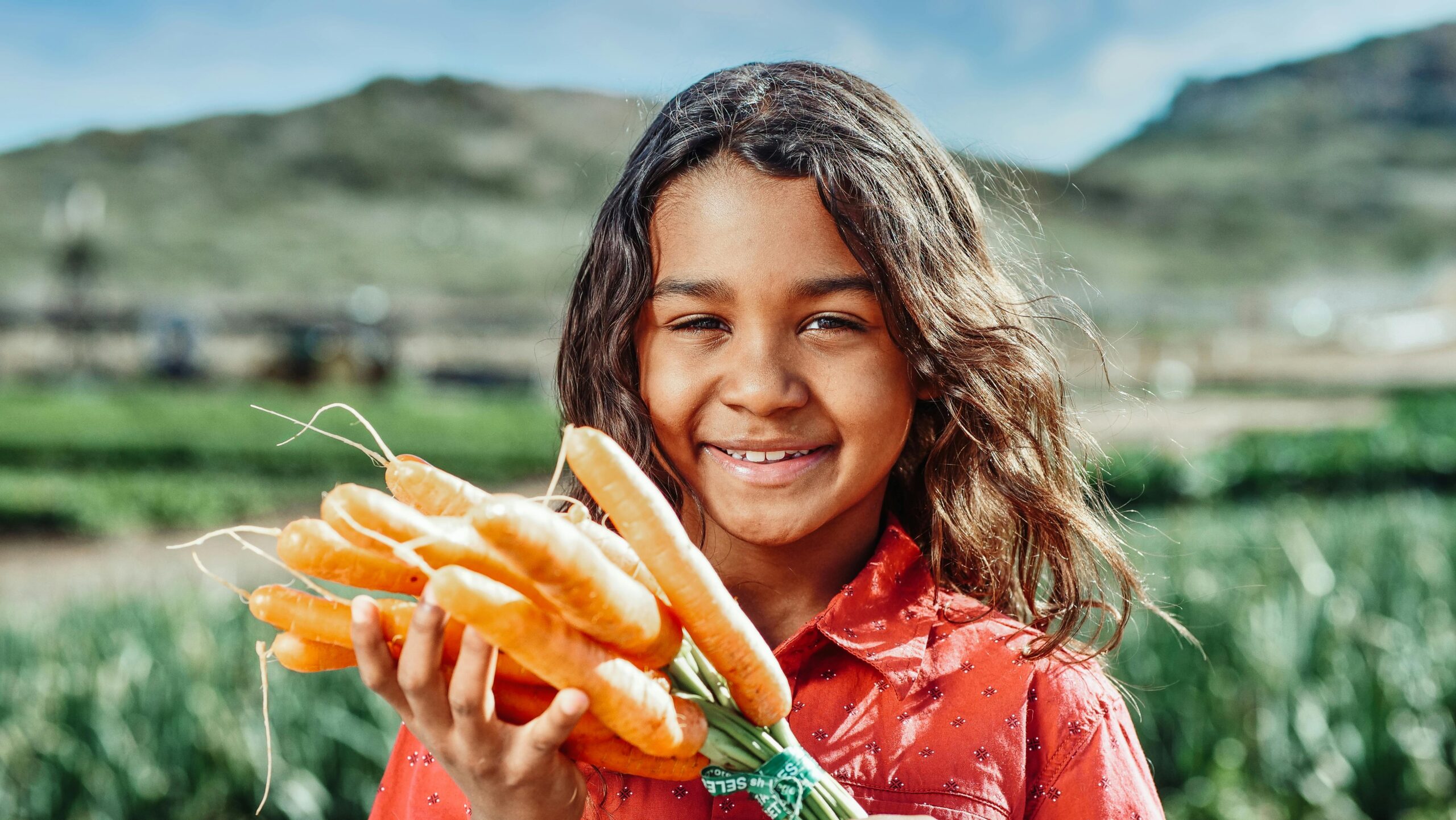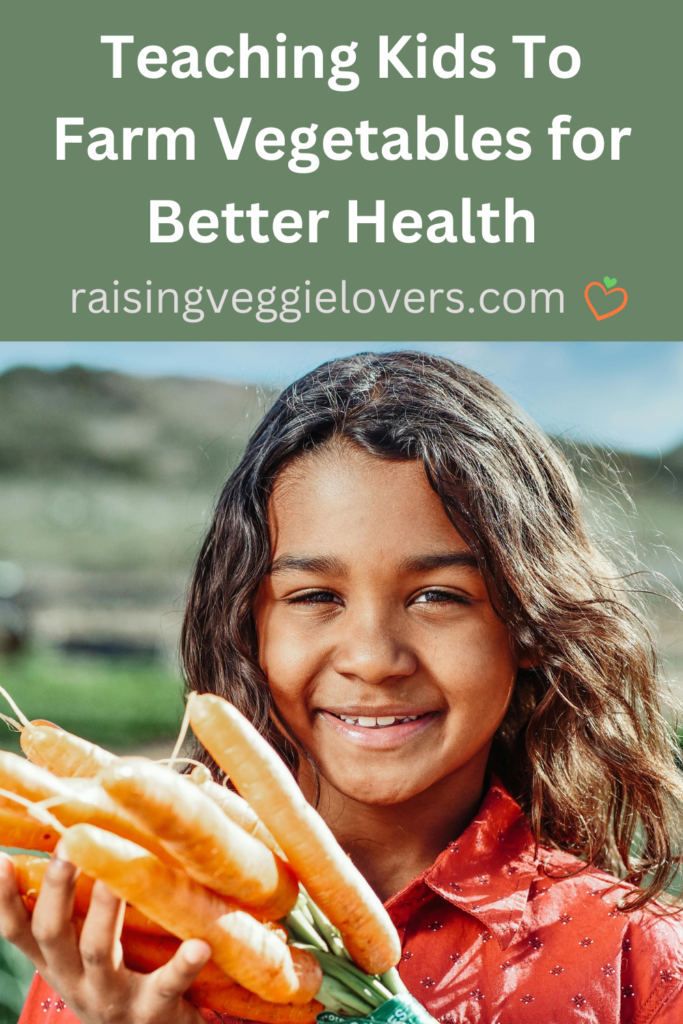As an Amazon Associate, I earn from qualifying purchases. This post may contain affiliate links. Read my disclosure policy.

Cultivating a child’s interest in growing vegetables means instilling a love for nature, understanding the value of hard work, and sowing the seeds of responsibility. Bringing the joys and benefits of vegetable farming into your children’s lives is one way to do this. Here’s some advice on teaching kids to farm vegetables for better health, whether in a backyard garden, school project, or community setting.
The Benefits of Vegetable Farming
Involving your kids in the veggie-growing process is one of the best ways to entice them to eat more vegetables. Some of the biggest benefits include:
- Health: Understanding where food comes from helps kids appreciate the importance of nutrition and encourages healthy eating habits.
- Educational Opportunities: Farming integrates science, math, and environmental studies into practical, hands-on learning.
- Physical Activity: Gardening gets kids outside and moving, contributing to their physical well-being and decreasing screen time.
- Life Skills: Through farming, children can learn about responsibility, patience, perseverance, and the rewards of hard work.
- Bonding Time: Gardening together strengthens family bonds and allows for quality time spent in a shared activity.
Involving your kids in the farming process at every step is important, from selecting seeds or seedlings to planting and watering.
Choosing the Right Vegetables
Start by planting easy-to-grow, high-interest vegetables. Opt for fast-growing and colorful vegetables like radishes, lettuce, cherry tomatoes, snap peas, and bell peppers. These choices are appealing and will teach kids about the spectrum of nutrients different vegetables provide. Furthermore, learning some basic ways to keep your garden healthy will ensure successful yields, making the experience all the more enjoyable.
Getting Equipped
Start gathering your supplies once you’ve decided which vegetables you want to grow with your kids. Consider purchasing child-sized gardening tools that are safe and easy to handle. You should equip your young gardener with gloves, a spade, a watering can, and protective sun gear. Make sure your kids have the equipment they need to feel and be like official gardeners and boost their excitement.
This kids’ gardening tools set includes everything a kid needs to start a small garden indoors or outdoors. From metal tipped trowel, rake, shovel, watering can/spray, sunhat, plant labels, kids adjustable apron, gloves, notebook, and even a durable tote bag, the whole tools are great quality and a perfect size for little hands!
Making It Fun
Making gardening fun is a surefire way to build your kids’ enthusiasm for the pastime. However, you must keep the energy high with creative activities. Organize nature scavenger hunts, have rock painting sessions and label the garden with them, and celebrate harvest day with a special garden-to-table meal you prepare together. Teach your kids philanthropy by encouraging them to share their harvest with their neighbors so they can understand the social aspect of farming and the joy of sharing.
Give Your Kids the Knowledge They Need To Thrive
Nurturing a child’s bond with the earth fosters a future generation of healthy eaters and cultivates environmental stewardship. We give our kids the tools for better knowledge and spirit by teaching kids to farm vegetables for better health. So, don your gardening gloves and start teaching your kids to grow a greener, healthier future—one vegetable at a time!

As always, sharing is caring! Please click on the buttons below to share this post with your friends!

